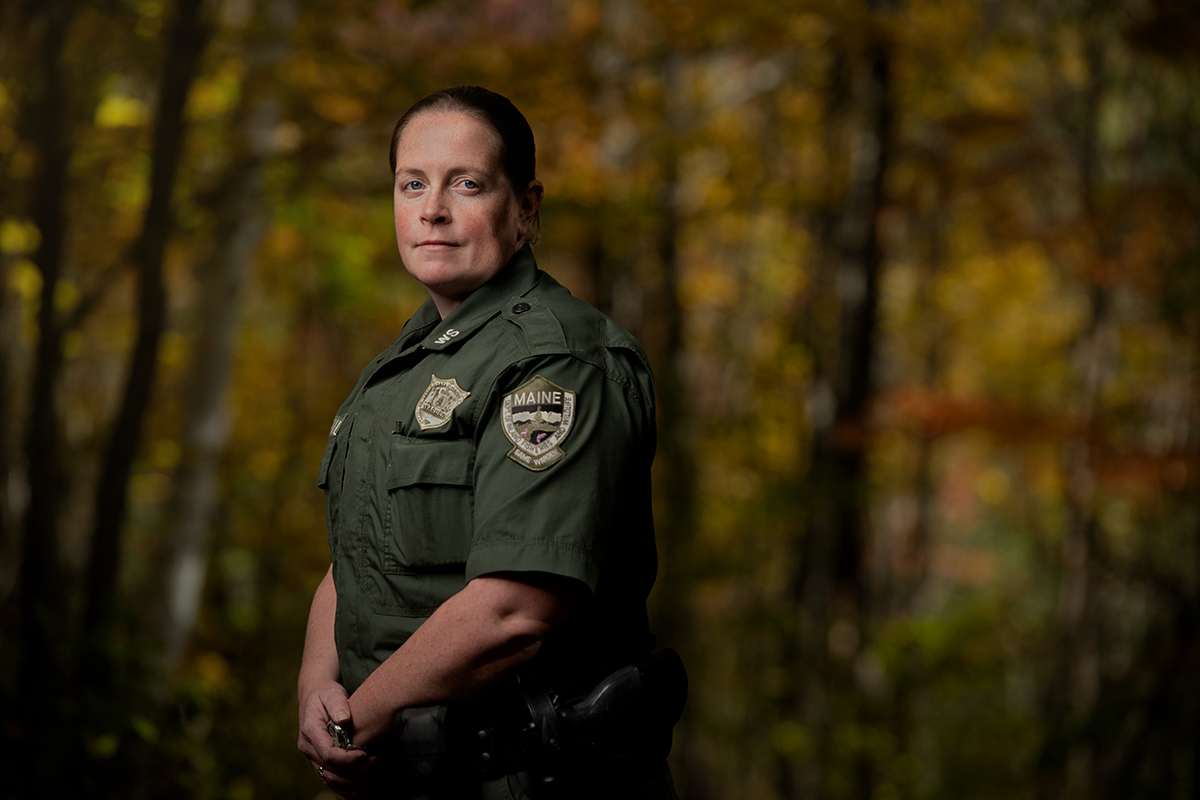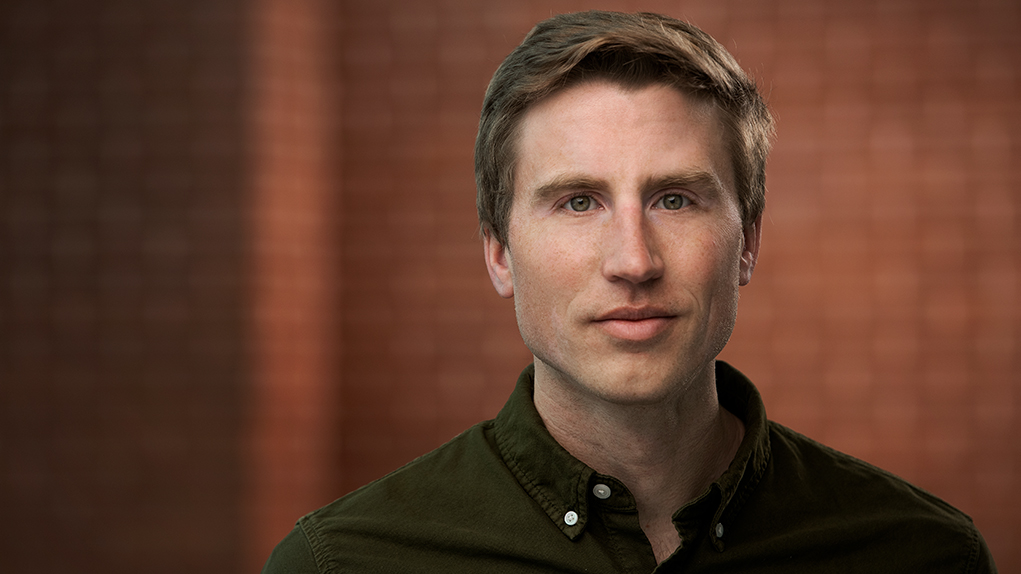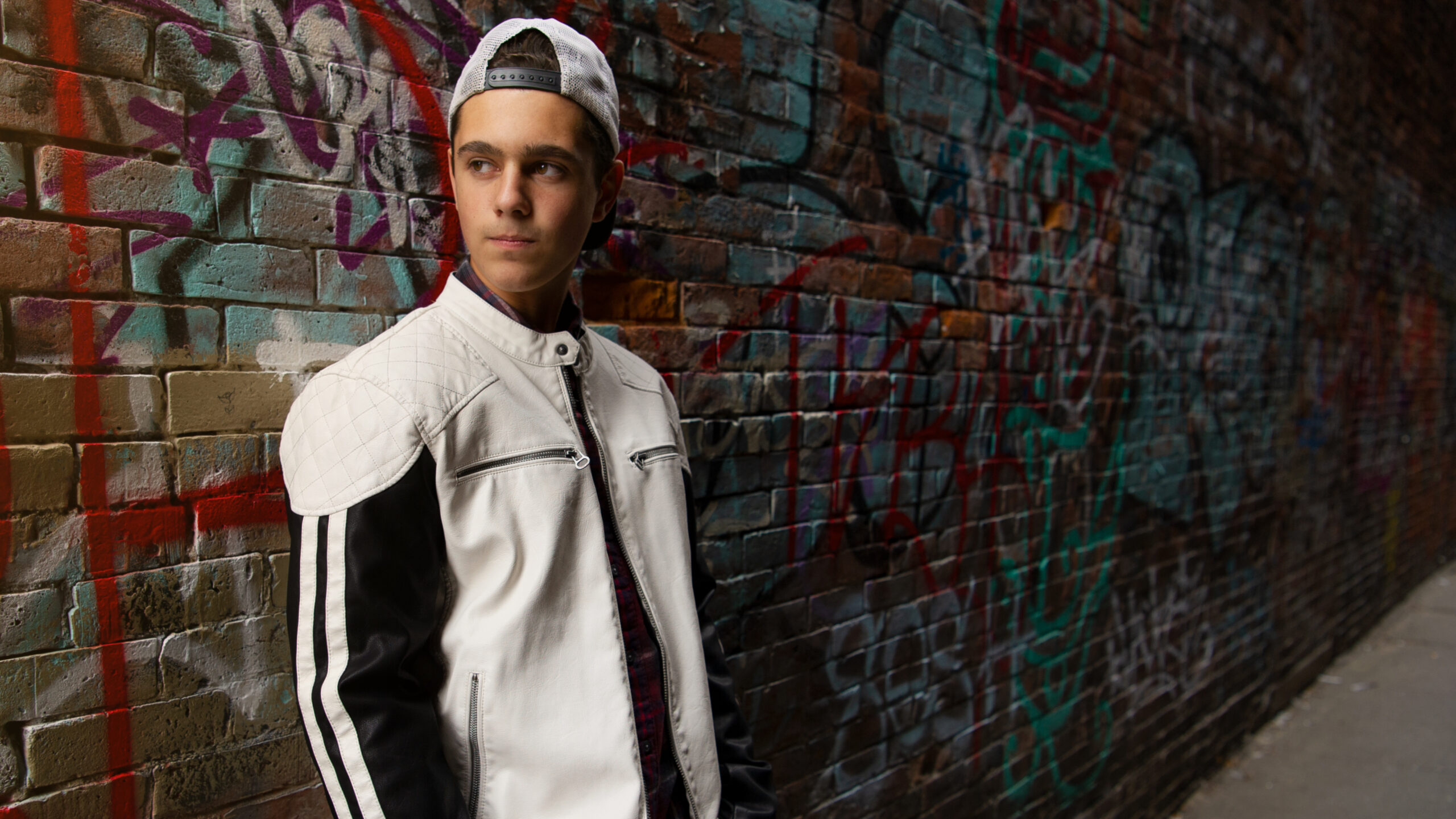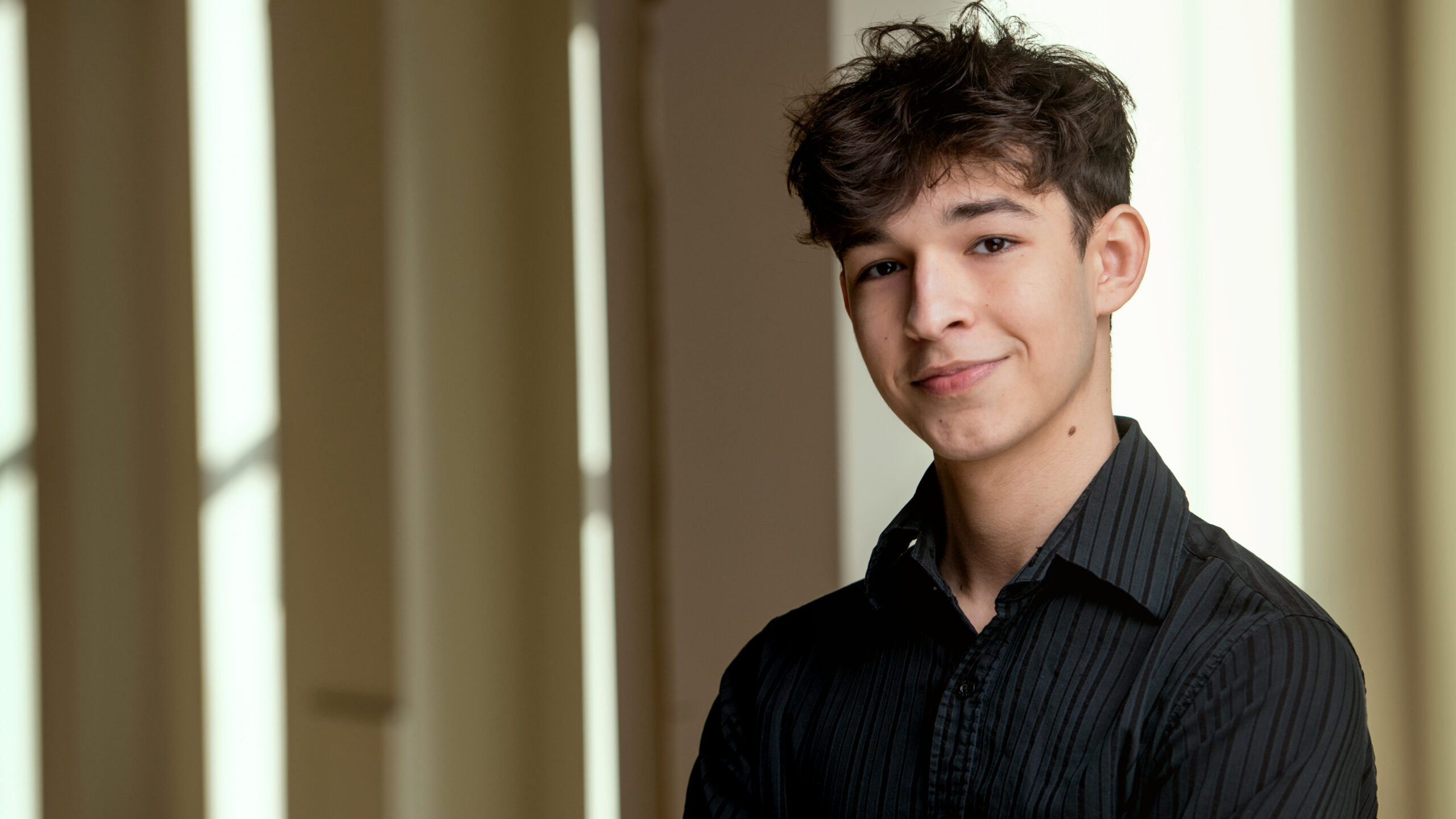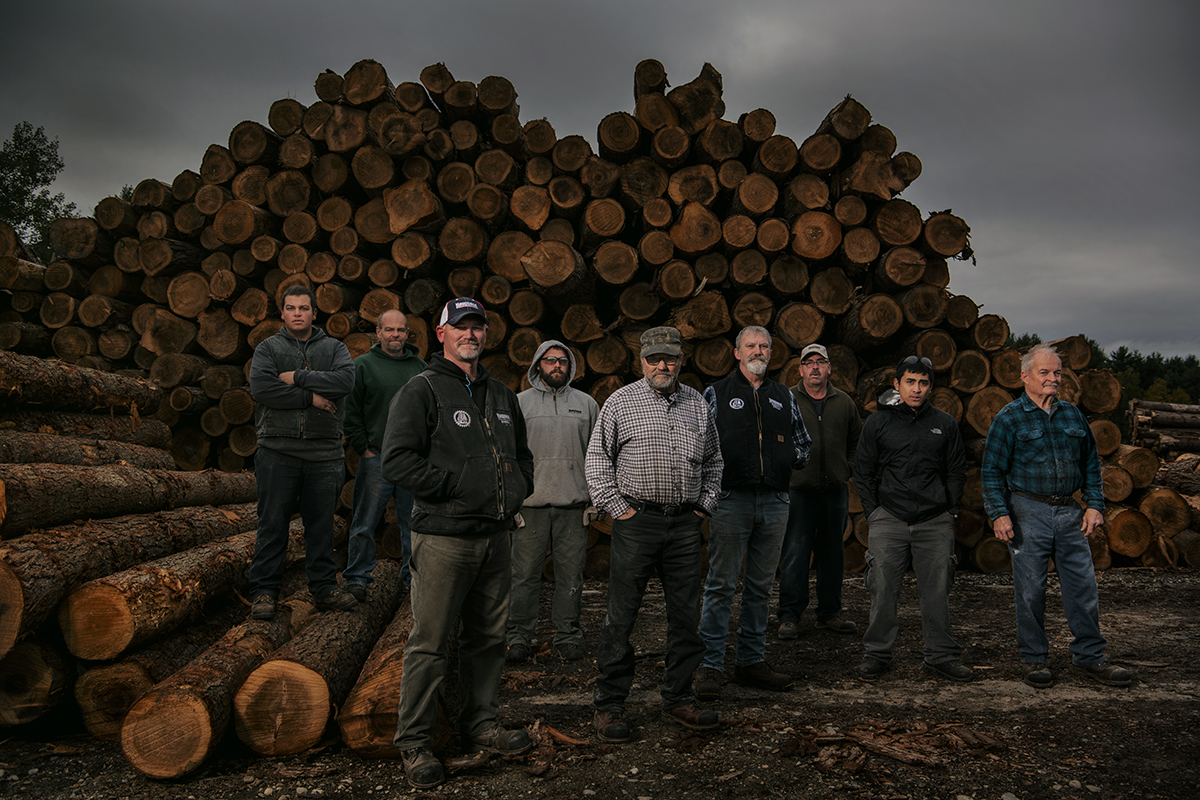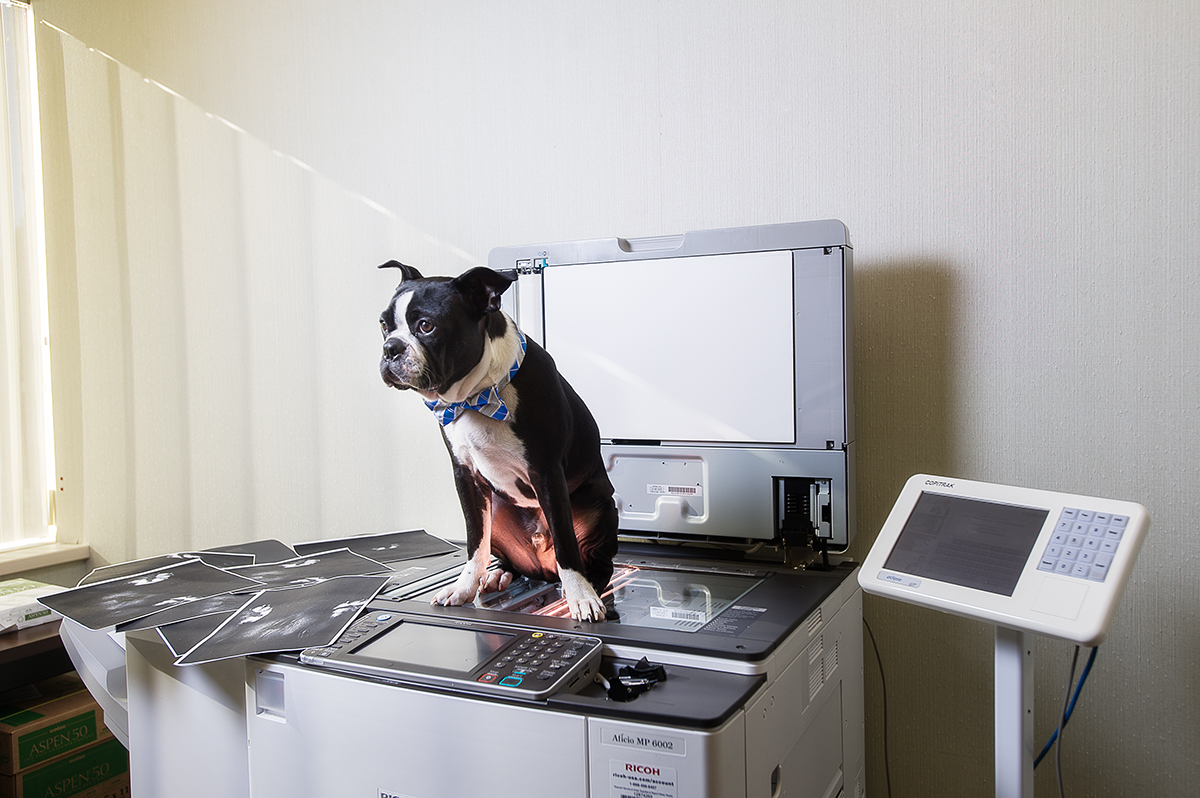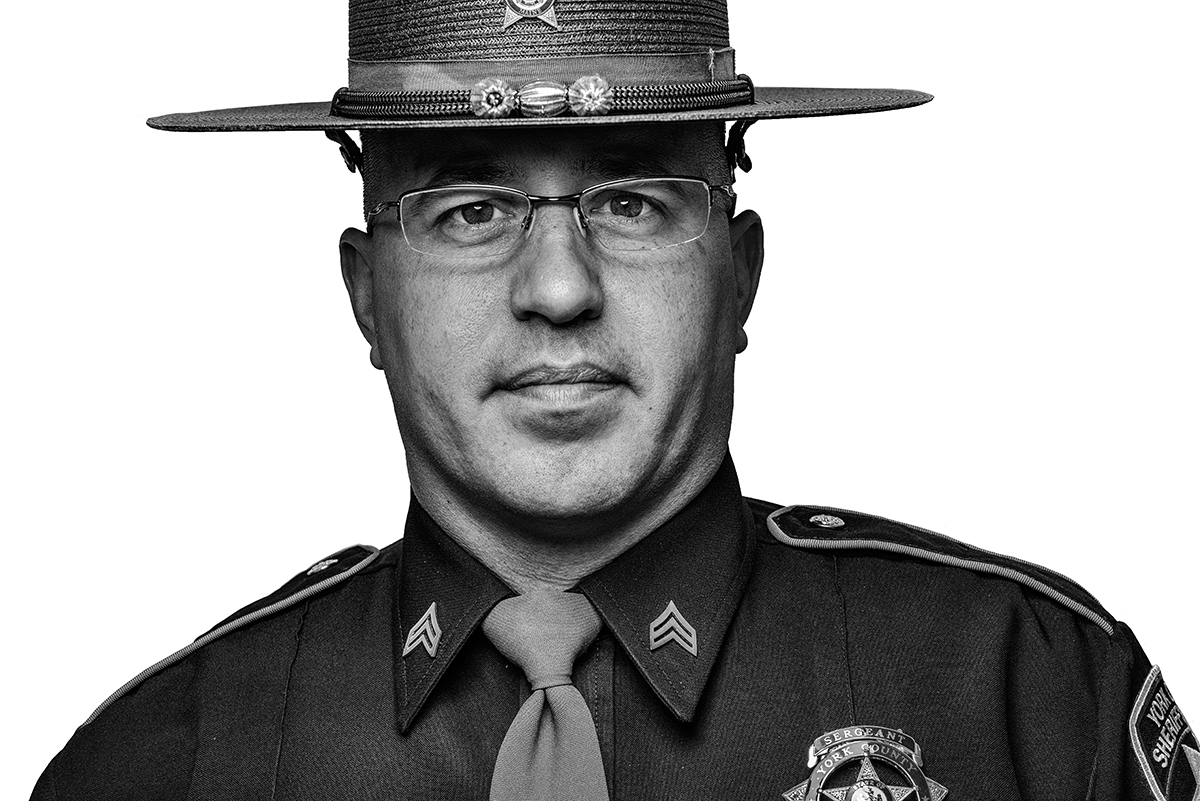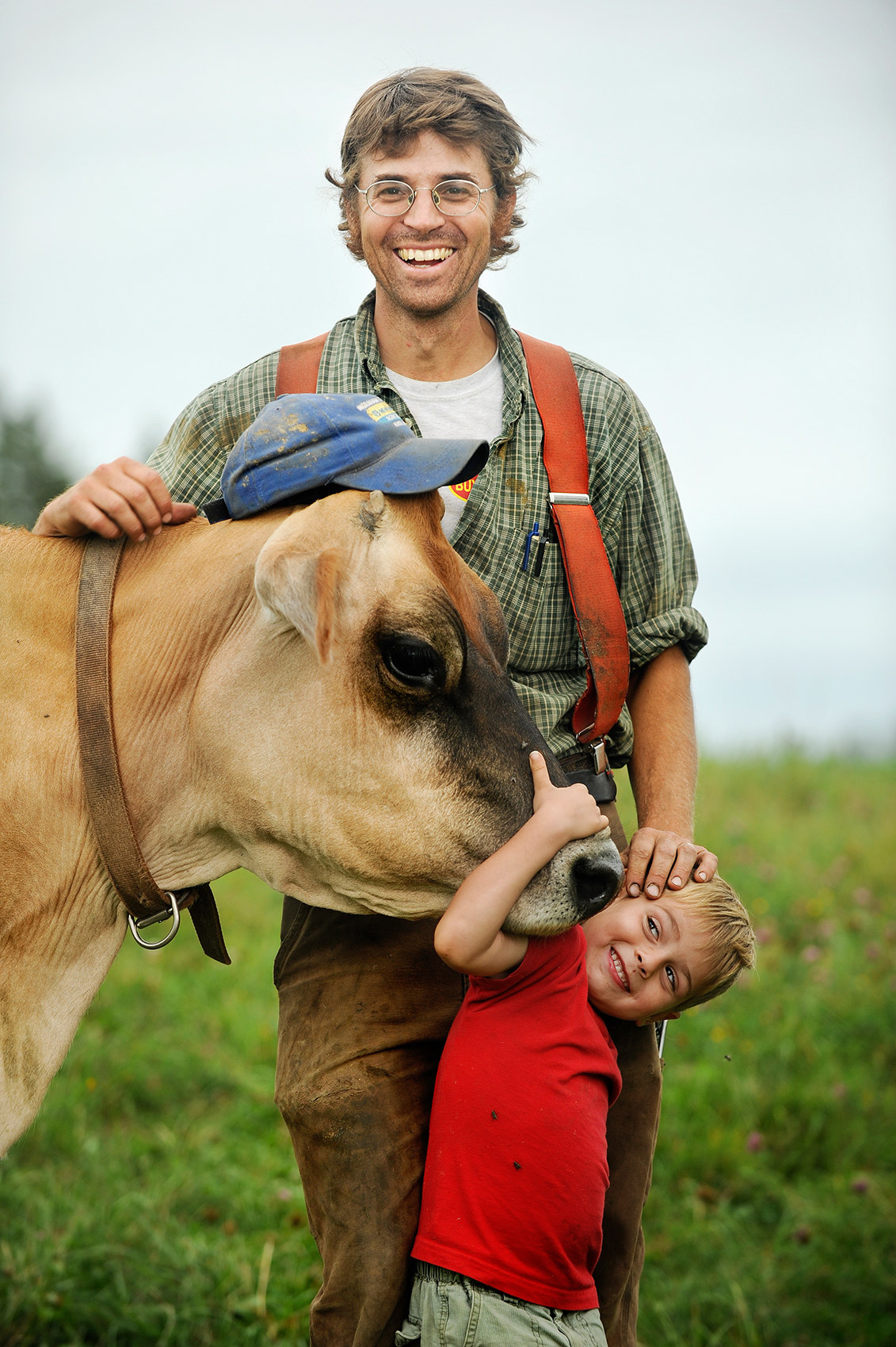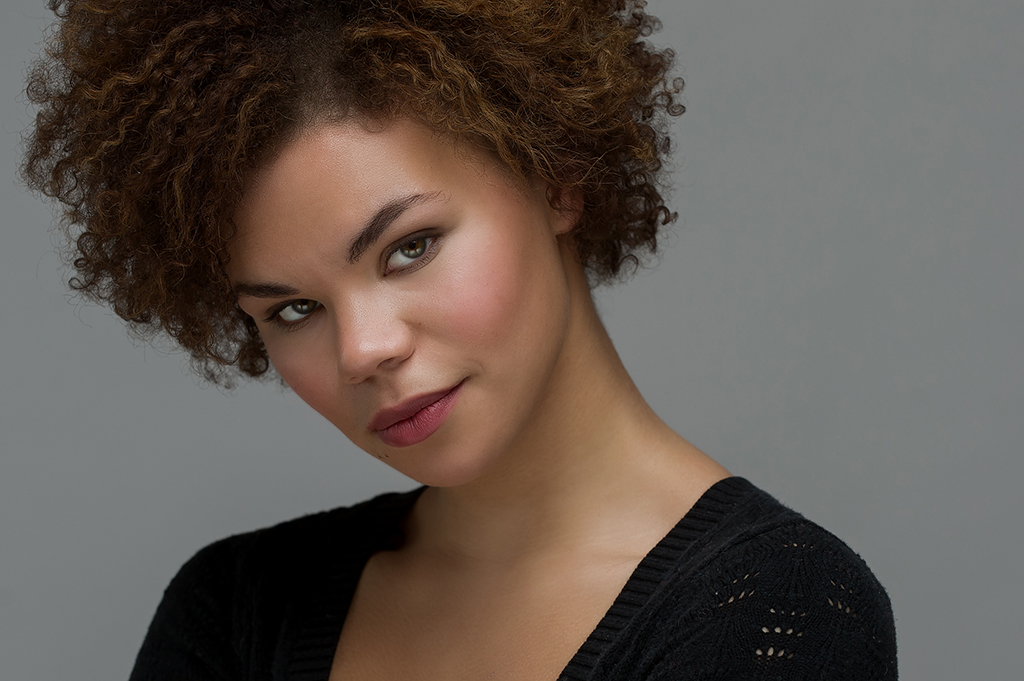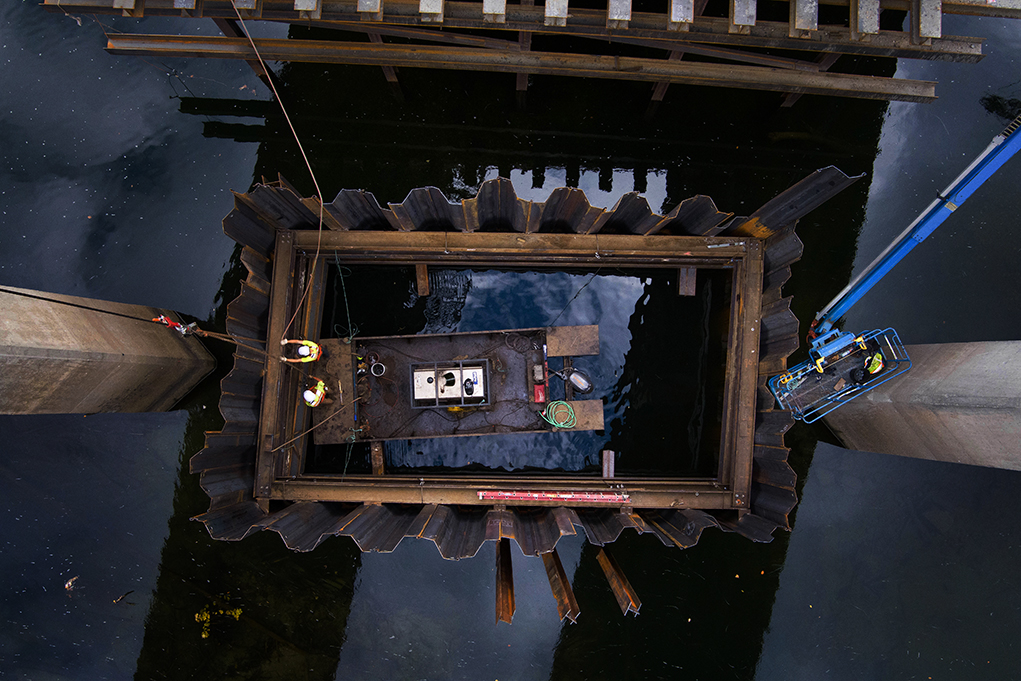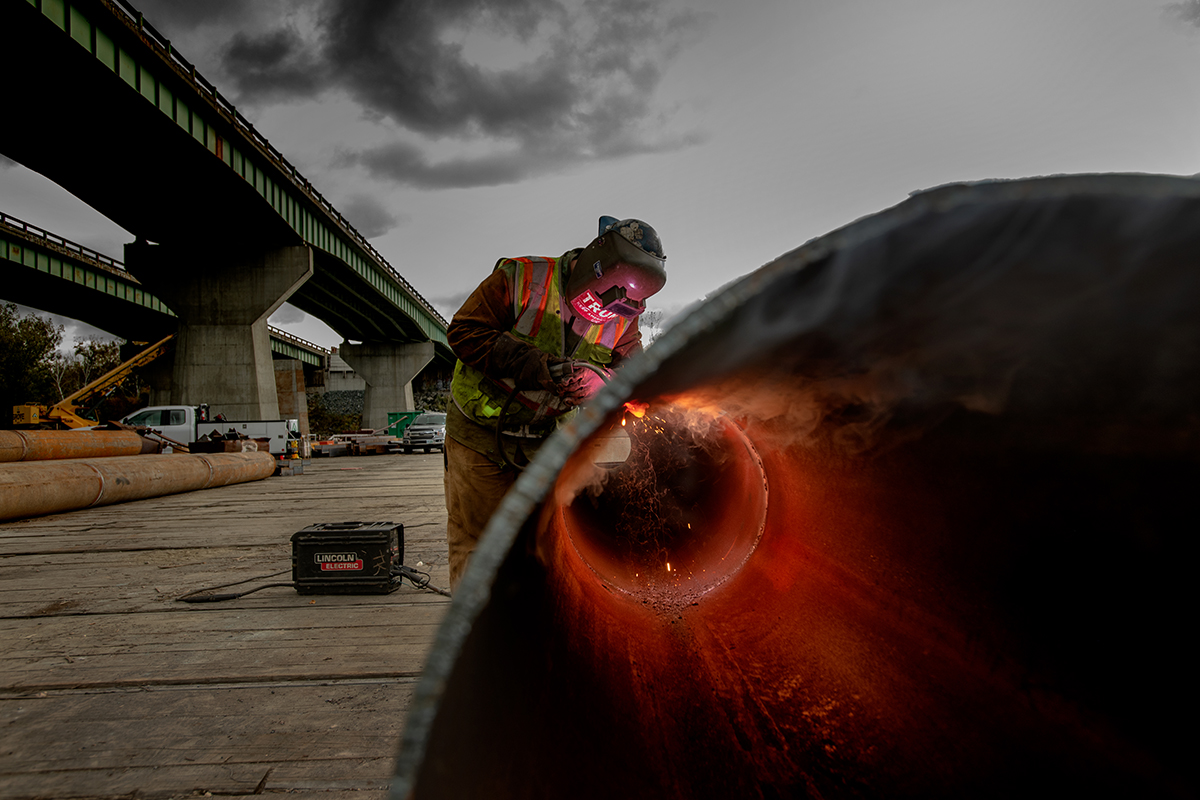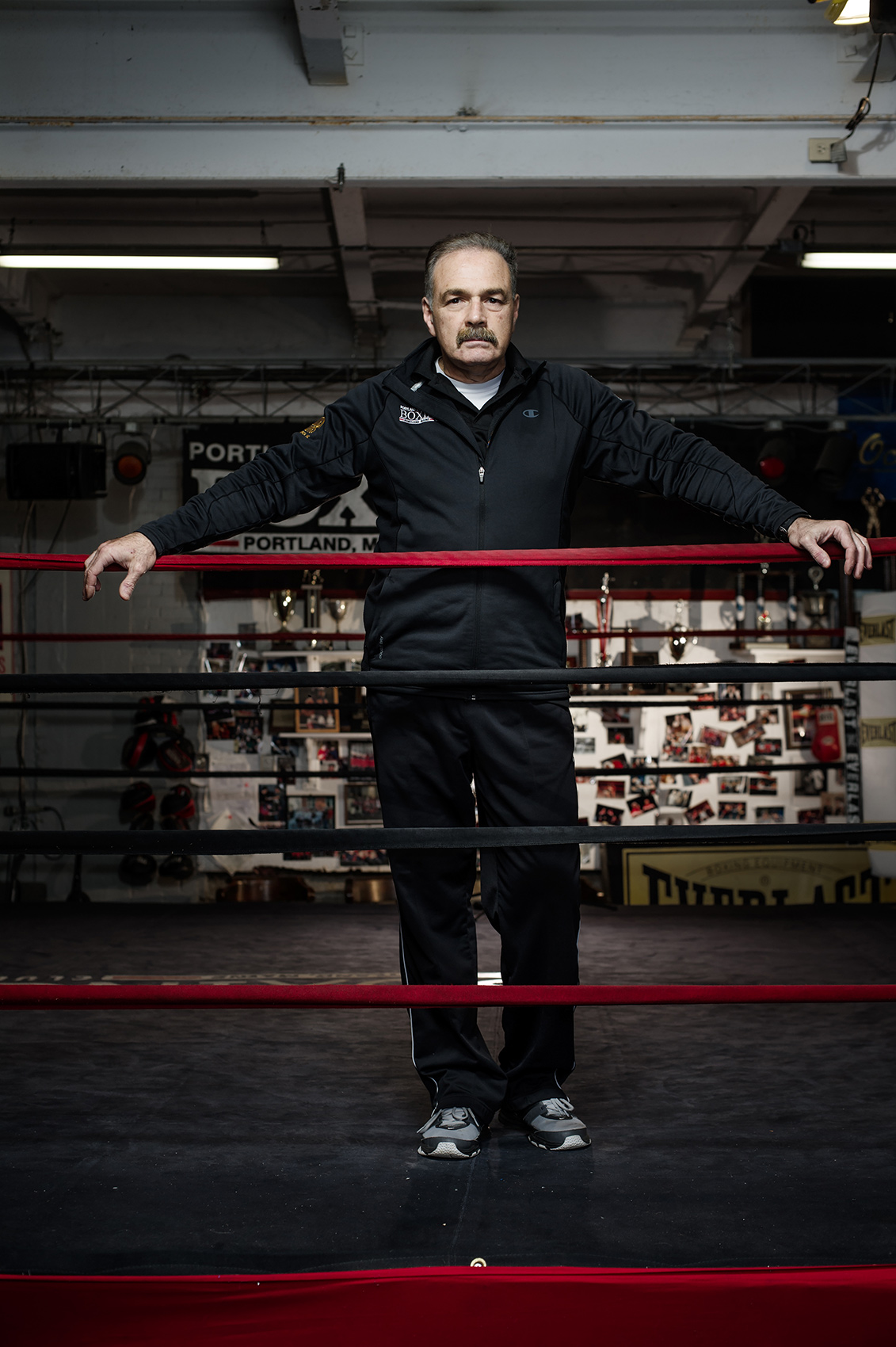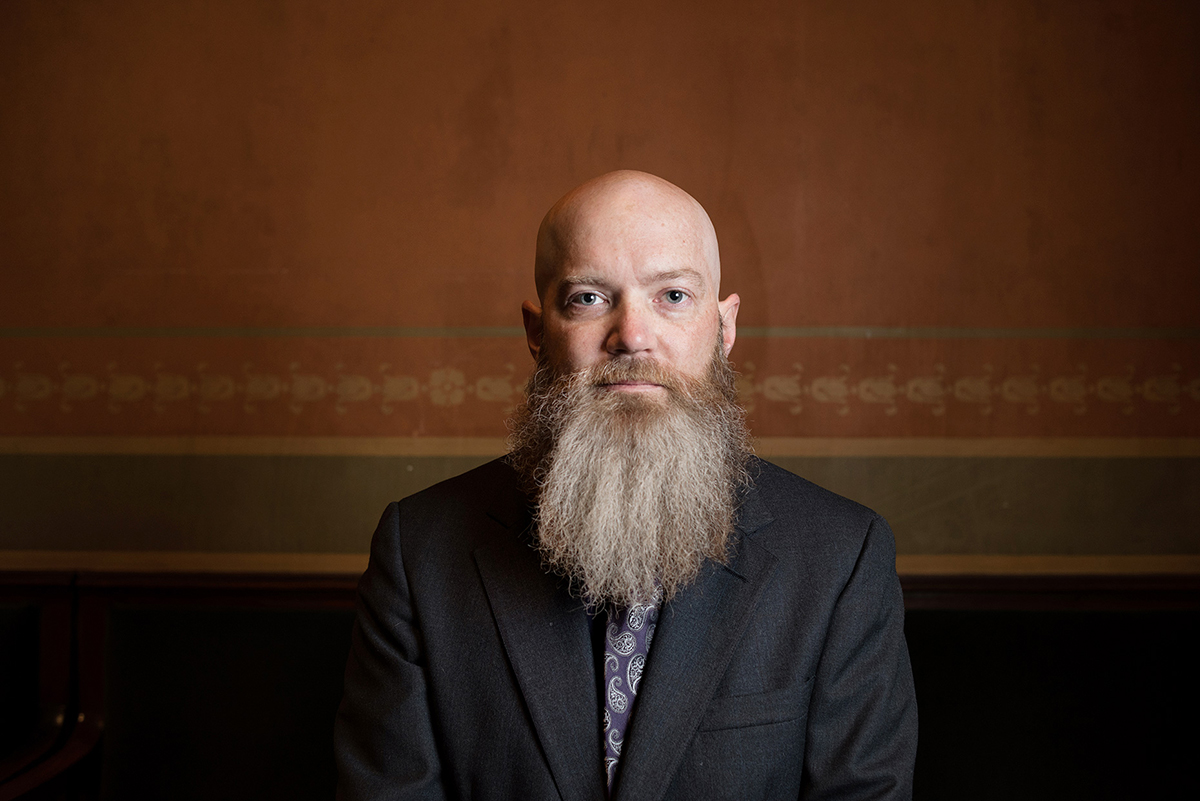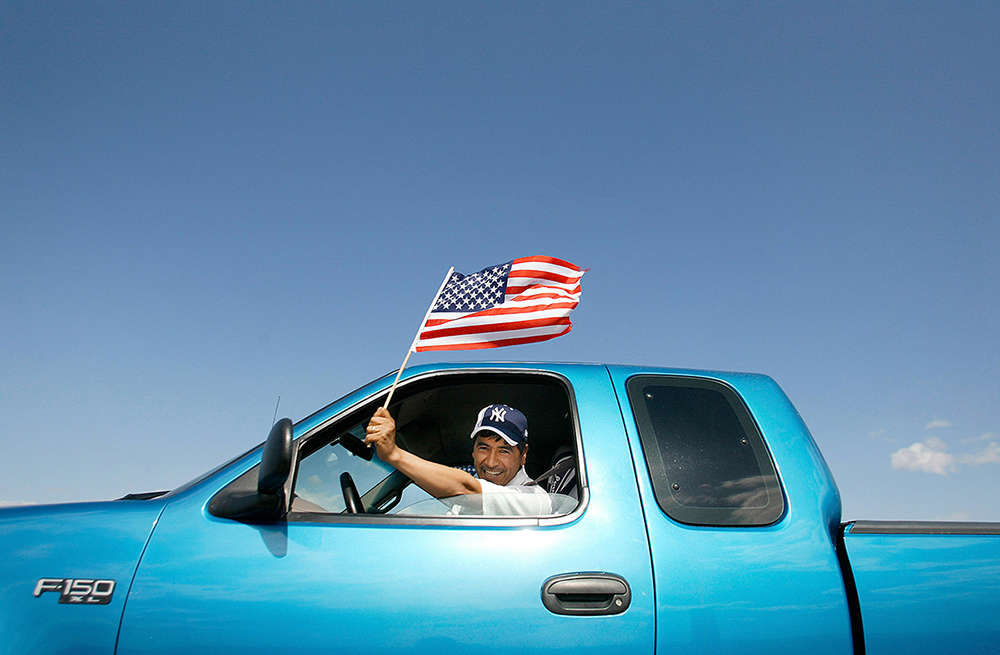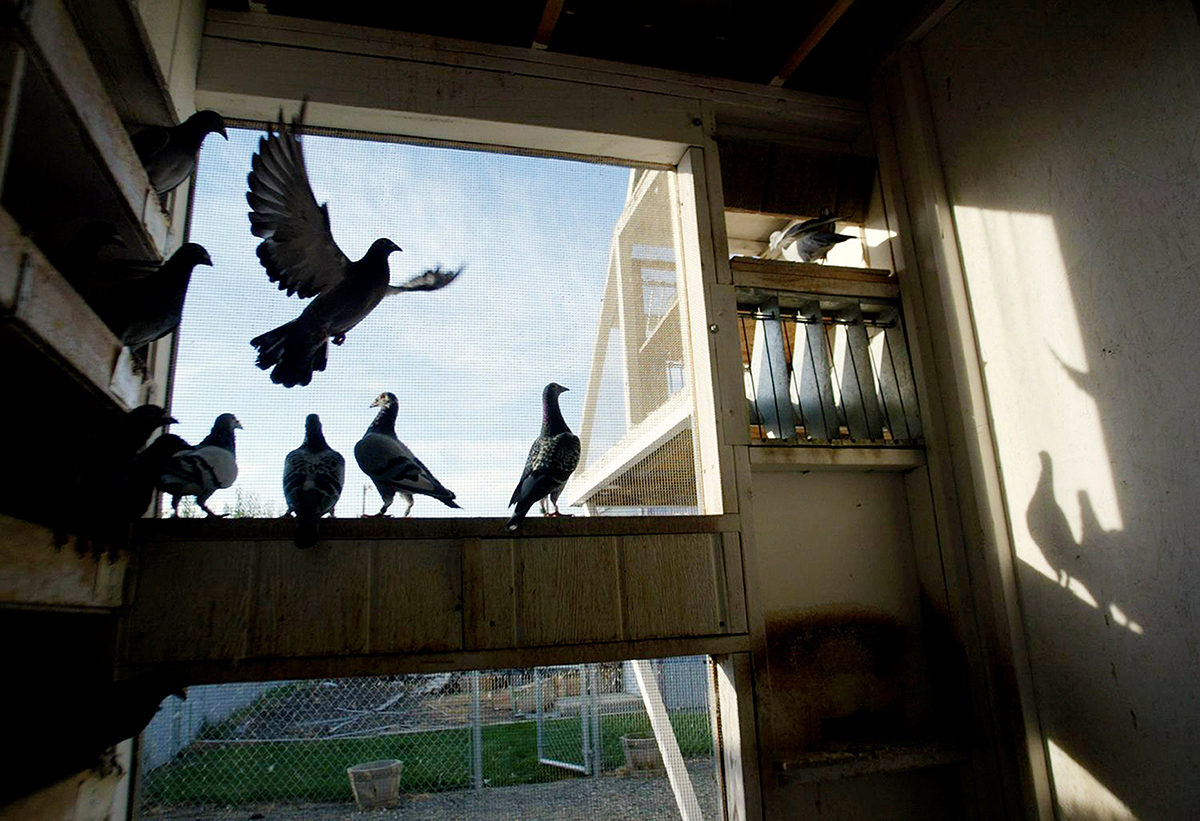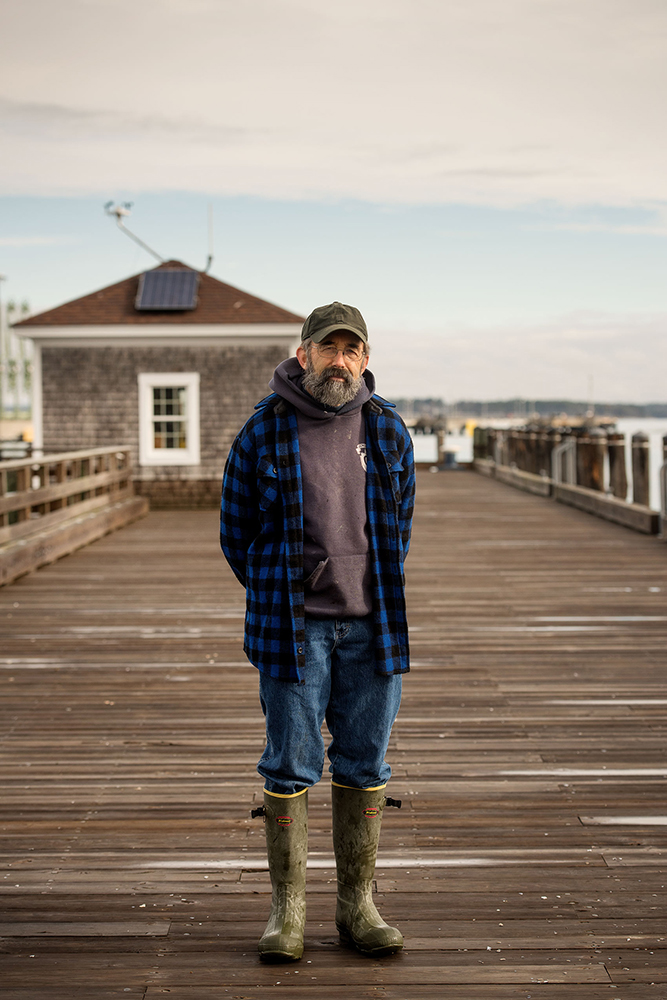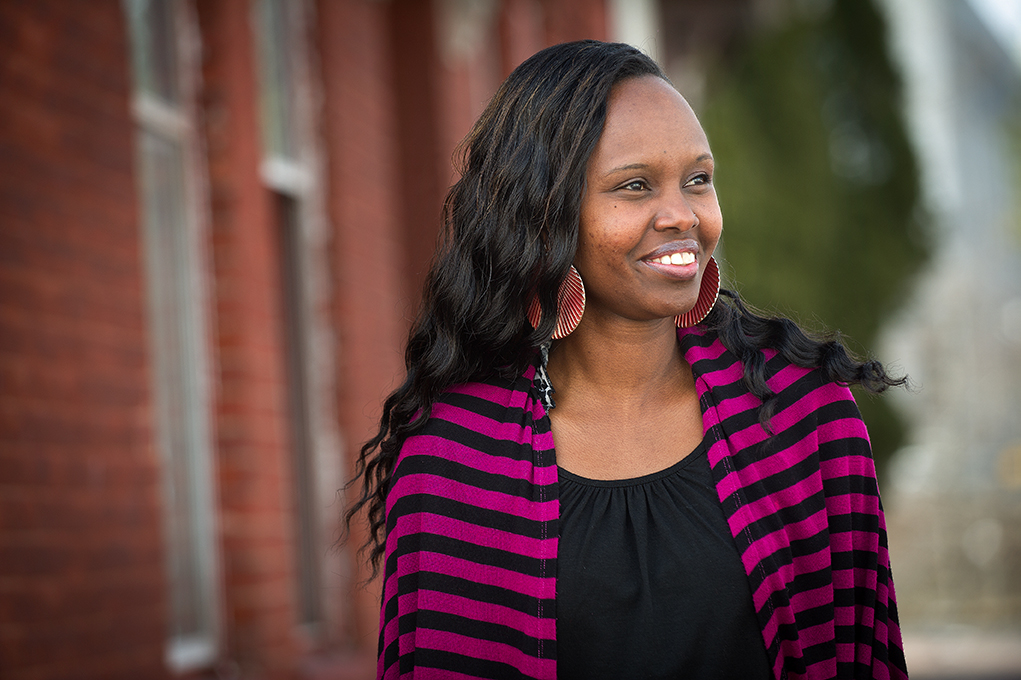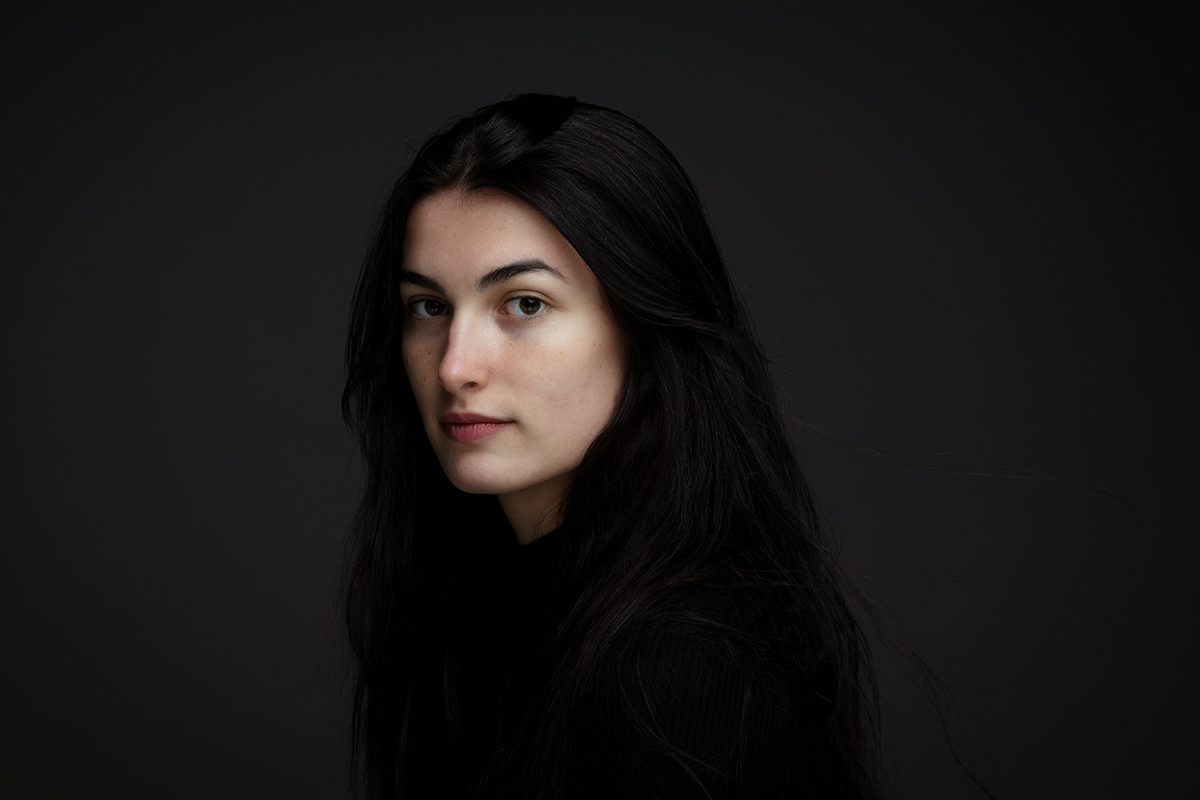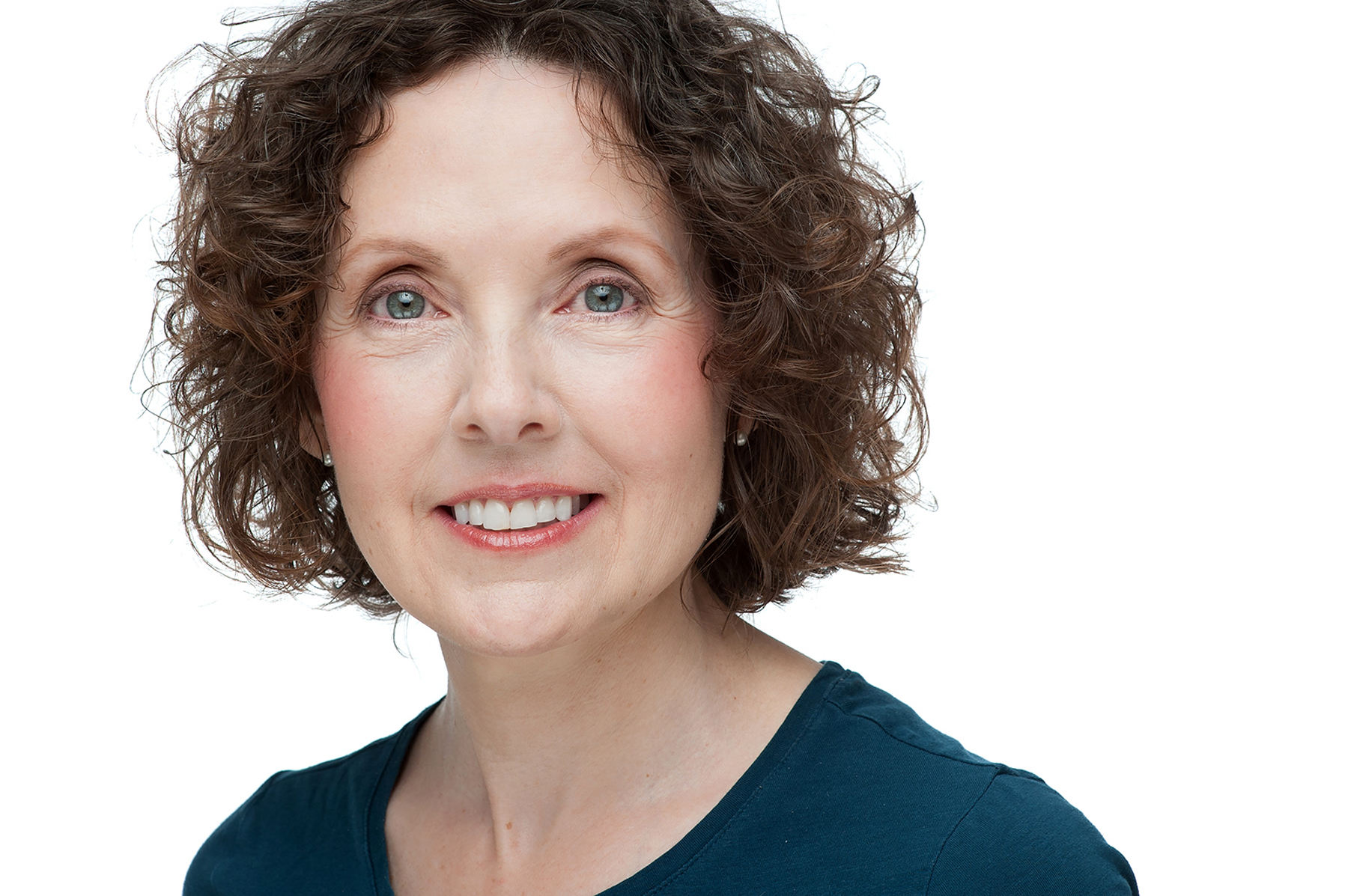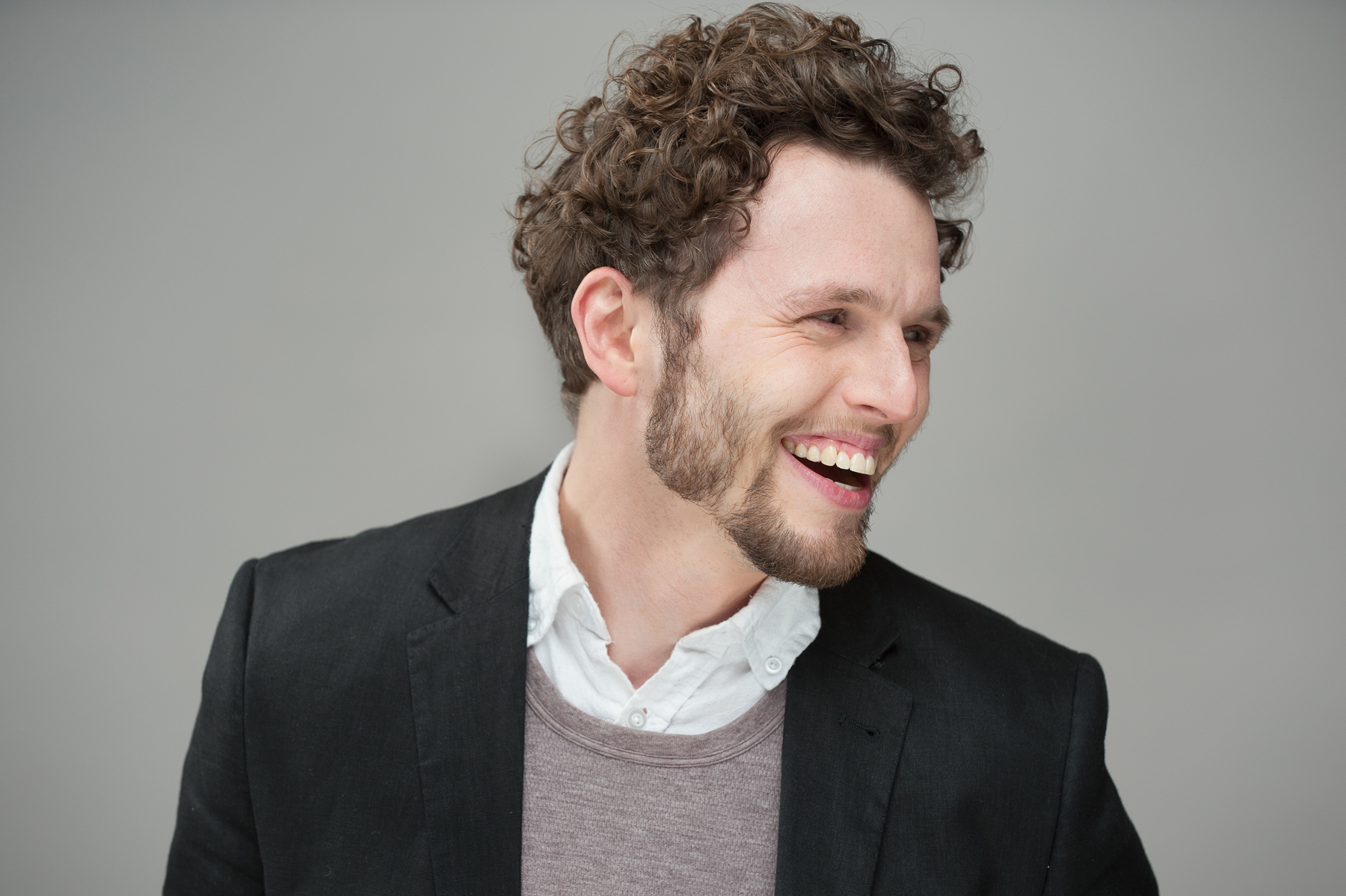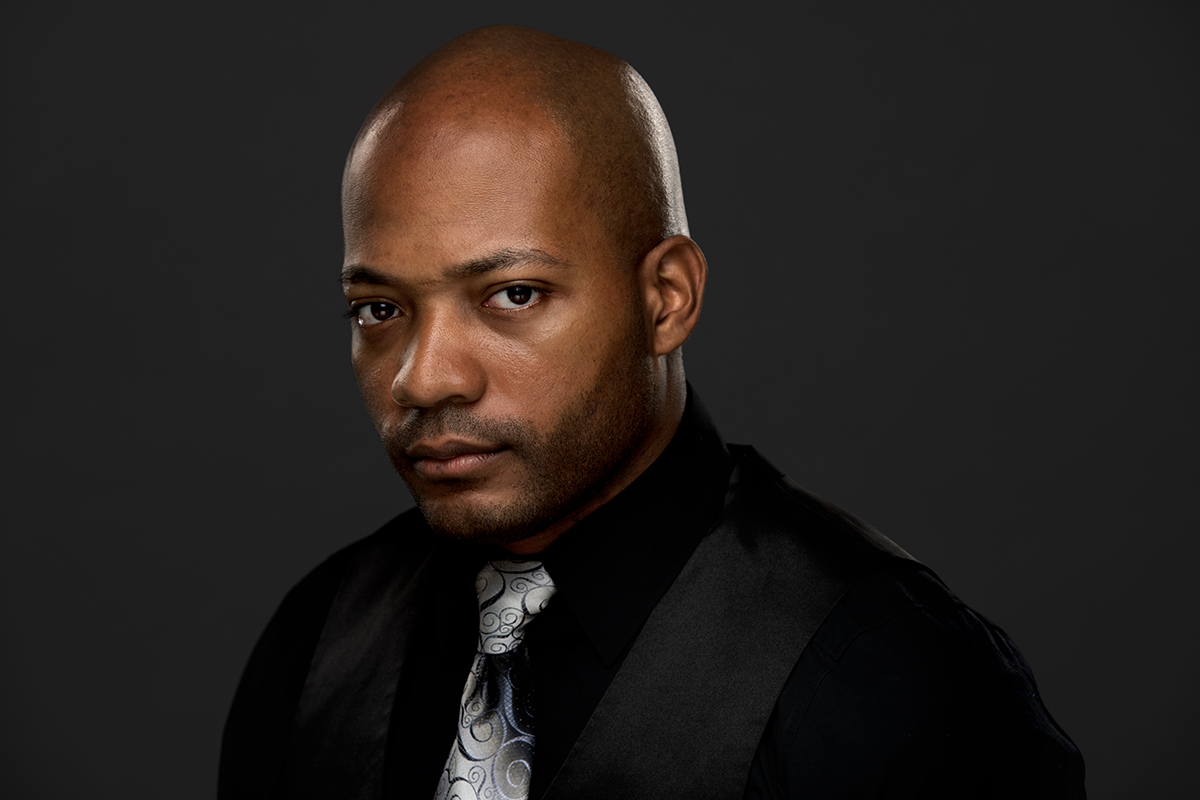We recently completed video production for New England Hyperbaric Oxygen. Hyperbaric Oxygen therapy (HBOT) involves the use of a special pressurized chamber to heal the body. It’s often used for wound healing, but also to treat traumatic brain injuries like concussion from sports or accidents.
We produced a series of videos showing the process at work as well as hearing from patients who continue to use the treatment to great success. In addition, we produced an instructional video for use with patients who use portrable chambers at home. Lastly, we created several short video stories for Instagram, LinkedIn and Twitter so that New England Hyperbaric Oxygen could release those as part of their reveal campaign.
Although the long-form videos will be released later this year, I’m able to share an example of the short, 30-second social media video used for Instagram now.

